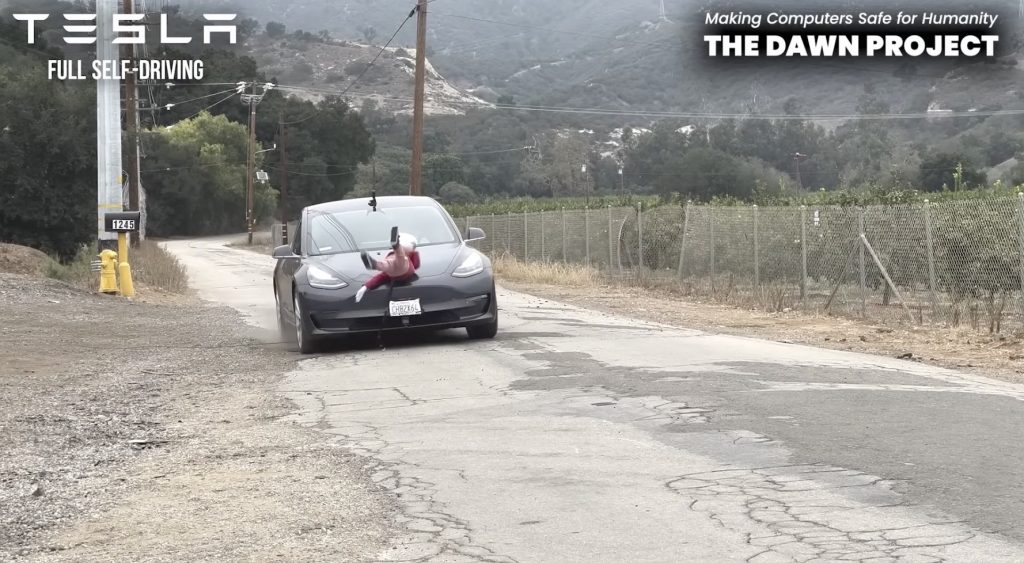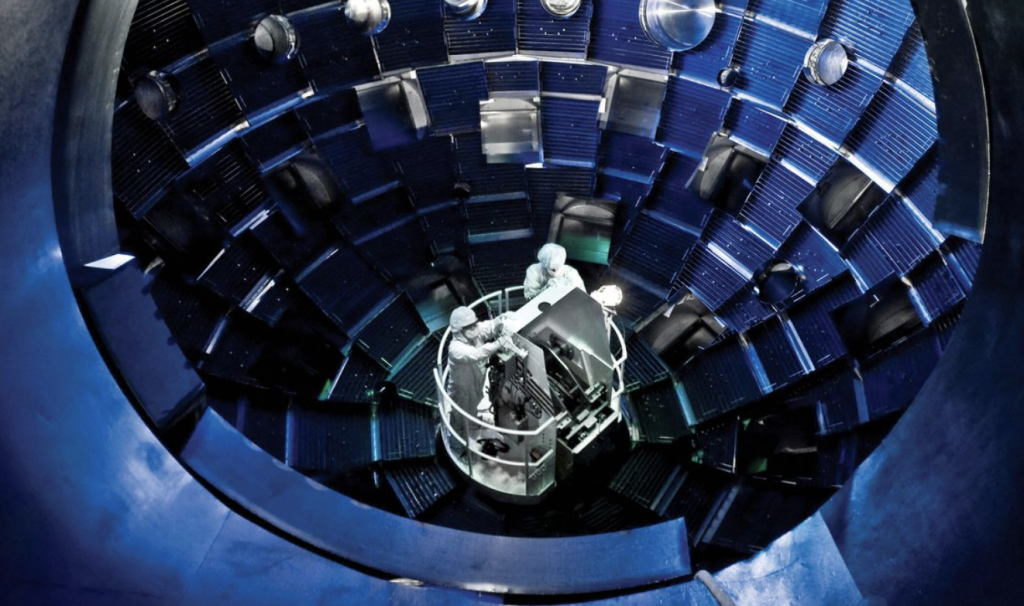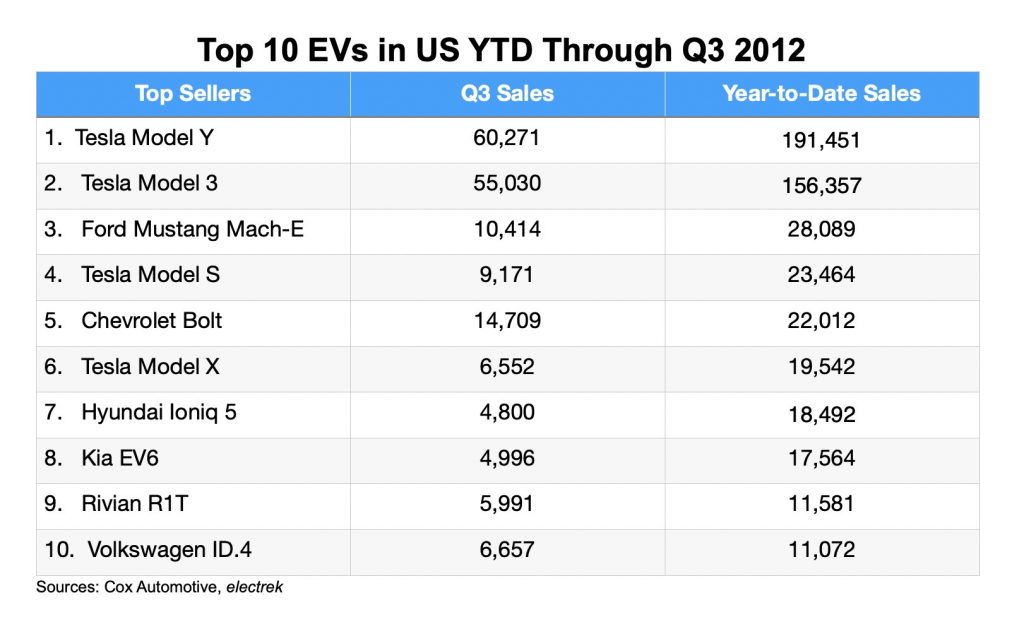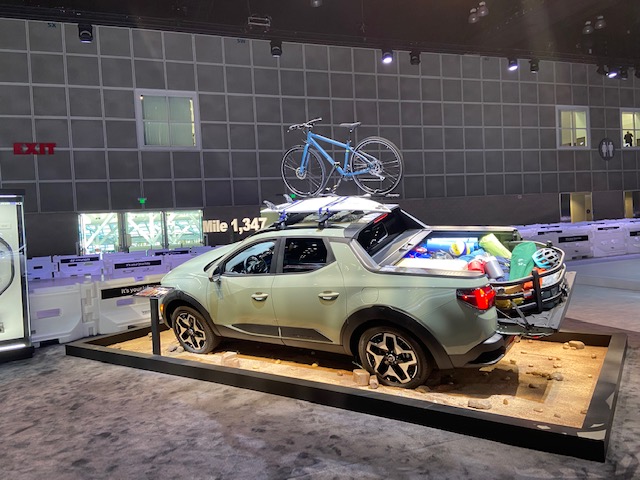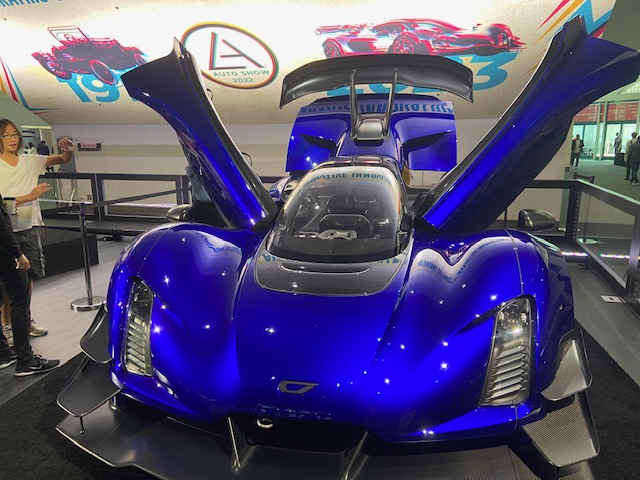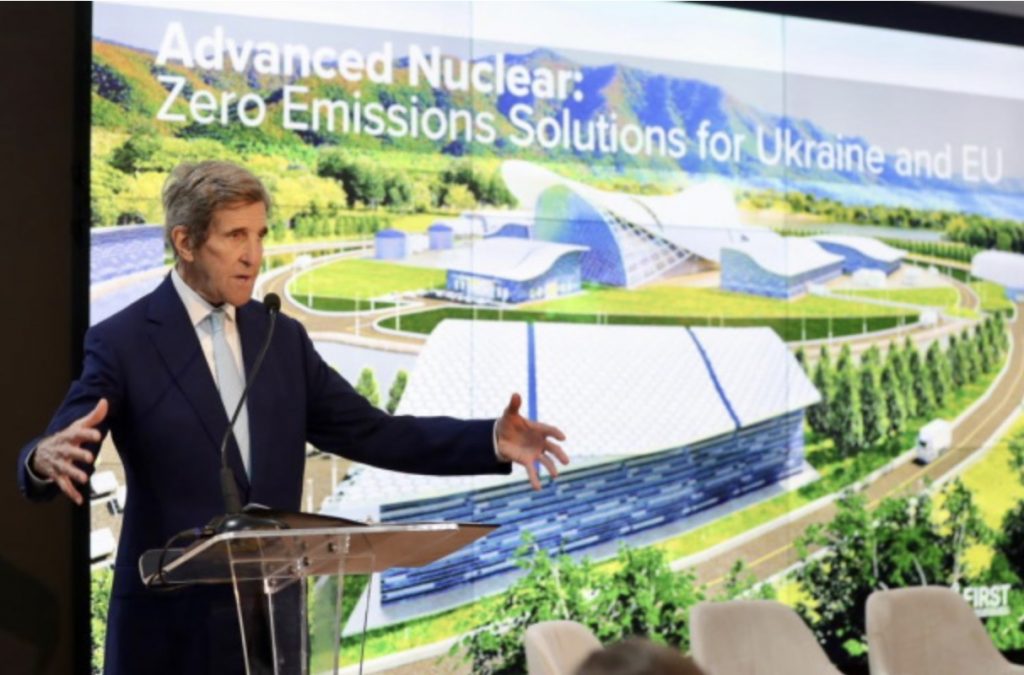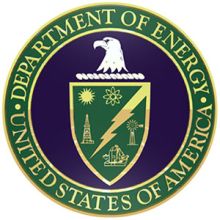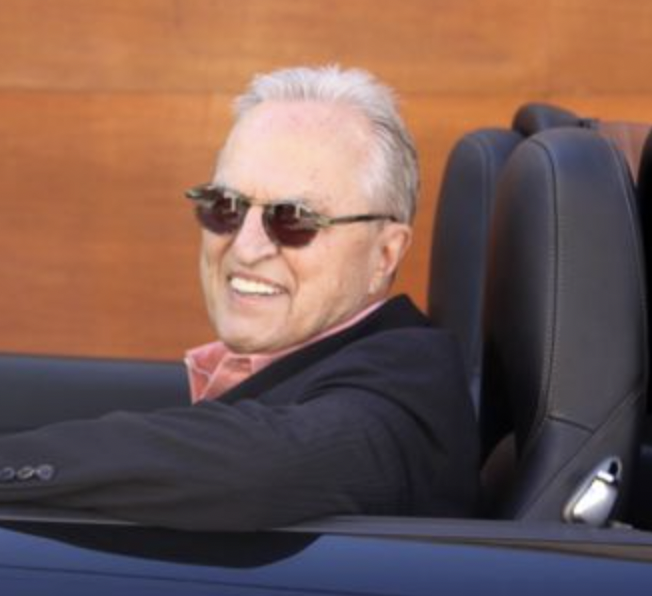Vehicles — sales, launch trends, incentives and funding, regulatory, and auto/truckmaker news
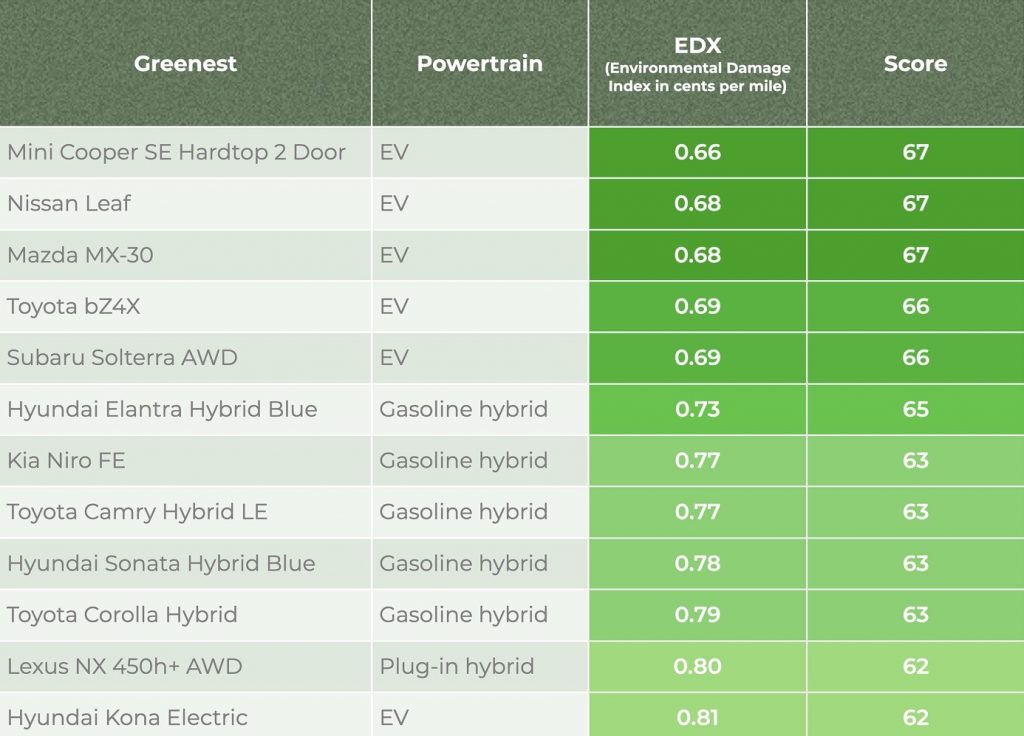
ACEEE’s GreenerCars rankings: The Mini Cooper SE Hardtop 2 Door, Nissan Leaf, Mazda MX-30, Toyota bZ4X, and Subaru Solterra AWD — all of them electric vehicles — made the top five for an annual ranking. American Council for an Energy-Efficient Economy (ACEEE) ranked the top five most environmentally friendly cars based on guidelines quite different than other similar rankings. The nonprofit research organization, which develops policies to reduce energy waste and combat climate change, has left Tesla models off its annual GreenerCars rankings. Smaller, lighter cars go up higher on the list based on its methodology of looking at powertrain efficiency and vehicle weight as key measures. It’s all based on an environmental damage index (EDX) that reflects the cost to human health from pollution associated with vehicle tailpipe emissions, vehicle manufacturing and disposal, and the production and distribution of auto fuel and electricity. The next five on the list, led by Hyunda Elantra Hybrid Blue, are all hybrid vehicles.
Safety and environmental concerns putting more pressure on rail to improve. The hazardous chemical spill last month in Ohio, and the fatal passenger train crash in Greece this month, have put rail transport under serious scrutiny. Since then, state officials said up to 2,500 gallons of diesel may have spilled in Washington, though a BNSF spokesperson said a “minimal amount” had leaked. That makes for two environmentally hazardous spills on U.S. railways.
Two legislators are taking action to address concerns that railway workers have been voicing for years. Elected officials Michele Grim of Ohio (D) and Mike Jacobson of Nebraska (R) are working on passing legislation surrounding rail safety in their respective states, with the hopes it will become federal law as well.
Rail transportation has been working hard to surge ahead and compete with trucking as the principal transportation mode for freight; and projects have been in the works for years to bring passenger rail up to speed.
Rail for both freight and passengers has been improving for decades, with fatalities rare and injuries recently being only slightly above fatalities. Derailments and other accidents are still high, but that number has also been declining and many of them are minor incidents. Accidents were about 1,600 per year in the U.S. in 2020 and 2021, according to the Bureau of Transportation Statistics.
Surging freight demand is pushing rail operators such as Union Pacific, Burlington Northern Santa Fe, and CSX, to maximize rail across the U.S. The industry’s recent contract dispute with rail workers seeking increased paid leave for sick days also showed the impact rail can have on the economy: a strike was estimated to cost $2 billion a day from the disruption of the flow of goods. Amtrak has also been feeling the pressure, as the Biden administration seeks to expand its service and ridership, while also improving safety.
You can read more about rail transport in this month’s Market Intel, including how trains rank in greenhouse gas emissions compared to other modes of transportation.
Fuels and Infrastructure — renewable and clean fuel, fueling and charging infrastructures, renewable energy, alternative fuels
White House Opens Applications for First Round of $2.5 Billion Program to Build EV Charging in Communities & Neighborhoods Nationwide
The Biden-Harris Administration opened applications for the U.S. Department of Transportation’s new Charging and Fueling Infrastructure (CFI) Discretionary Grant Program, a key step towards the President’s goals of building a national network of 500,000 public EV charging stations and reducing national greenhouse gas emissions up to 52% by 2030. The first round of funding under the program, established by the Bipartisan Infrastructure Law, makes up to $700 million available for cities, counties, local governments, Tribes and others to strategically deploy EV charging and other alternative vehicle-fueling infrastructure projects in publicly accessible locations in urban and rural communities, as well as along designated Alternative Fuel Corridor
“As we electrify the economy, as we move into electric vehicles, we create a market incentive for the private sector to come into this space, a hundred billion dollars of which is on its way already. One of the things that has to be done is to build EV charging stations….500,000 across America in partnership with the private sector.” – White House Senior Advisor and Infrastructure Coordinator Mitch Landrieu
Advanced transport — sustainable transportation, autonomous, shared rides, mobility, smart cities
National Center for Sustainable Transportation Wins $20M Grant The U.S. Department of Transportation recently announced that the National Center for Sustainable Transportation, based at the UC Davis Institute of Transportation Studies, will receive $20 million to lead a group of seven universities studying transportation effects on the environment. It’s part of the Department of Transportation’s University Transportation Centers Program. The $20 million grant ($4 million per year over five years) will allow researchers at UC Davis and other consortium member universities to focus on accelerating equitable decarbonization that benefits both the transportation system and the well-being of people in overburdened and historically disadvantaged communities.
Sustainability and carbon reduction — setting and hitting targets, studies, regulatory, global alliances, sustainability drives
Transportation Sector Greenhouse Gas Emissions by Source in 2020 Rail, along with ships and boats, lead the way on low levels of greenhouse gas emissions being released. Light-duty vehicles have the worst emissions, followed by medium- and heavy-duty trucks, according to U.s. Environmental Protection Agency data. Read this month’s GAM Market Intel to get a good look at the numbers. Other data analytics include the fact that 60.5% of electricity was powered by fossil fuels in the U.S. in 2021 according to U.S. Energy Information Administration.
Check it out! — reports, events, webinars, and more
Speaker Lineup of Advanced Transportation Leaders for ACT Expo 2023
ACT Expo announced its confirmed speakers for its 12th annual conference, taking place May 1-4, 2023, at the Anaheim Convention Center in Southern California. Attendees will hear more than 200 expert speakers representing the nation’s most progressive fleet operators, as well as executives from leading commercial vehicle manufacturers and suppliers, infrastructure and clean fuel providers, and more.
Through a series of panel presentations, workshops, and keynotes, ACT Expo speakers will spotlight low- and zero-emission fleet case studies, financial incentives to improve TCO for advanced clean vehicles, updates on the evolving regulatory landscape, progress to accelerate development of zero-emission infrastructure, and the latest transportation technology advancements – including battery technology, charging infrastructure, biofuels, hydrogen, autonomous vehicles, and more.
ACT Expo’s dynamic lineup of executive level keynote speakers includes
John O’Leary, president and CEO, Daimler Truck North America. Click here for the list of speakers.




